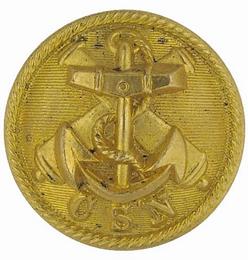

We can put you in touch with recruiters from the different military branches.

Marines used to share utility uniforms with the Army but have since adopted their own patterns, which incorporate the eagle, globe and anchor. The camouflage pattern not only helps to conceal the wearer, but distinguish them from members of other branches of the military. Working and garrisoned Marines wear the Marine Corps Combat Utility Uniform (MCCUU). In 1875, the symbol was adopted as the emblem of the Marine Corps. They replaced the bugle that had been in use since 1859 with the now famous globe, eagle and anchor. Brigadier General commandant Jacob Zeilin gathered a board of officers to create a new ornament for caps worn by the Marine Corps. The iconic globe and anchor came into being in 1868. Modern uniforms have done away with leather entirely in favor of a tab of cloth that sits behind the front of the collar. After the Civil War, the stock was removed in place of a strip of black leather affixed to the inside of the uniform's collar. In order to help keep high collars straight, both enlisted personnel and officers wore a leather stock around their necks. The term leatherneck can be an insult depending on how it's said and who says it, but the term originated from the uniforms worn by Marines in the early years of the Corps' official existence. There are minor variations on the service uniform that occur, depending on situation or environment. As for the famous charge, seven Marines died out of about 450.įor less formal occasions when dress blues aren't necessary, Marines wear the service uniform that consists of khaki and green colors. In truth, the blood stripe was introduced in 1834 and was inspired by the Army's decision to match trouser stripes to the color of jacket facings. Supposedly, in 1847, the majority of a force of Marines were cut down attempting to storm Chapultepec, a castle in Mexico City. The story most commonly handed down from drill instructors to recruits is that it signifies a great sacrifice in the Marine Corps' history. This stripe is subject to much speculation in regard to its origin. This style is reserved for Marines at the rank of corporal and above the stripe increases in width for officers and general officers. One of the most iconic features of the blue dress uniform is the scarlet blood stripe that runs down the outer seam of each pant leg.


 0 kommentar(er)
0 kommentar(er)
